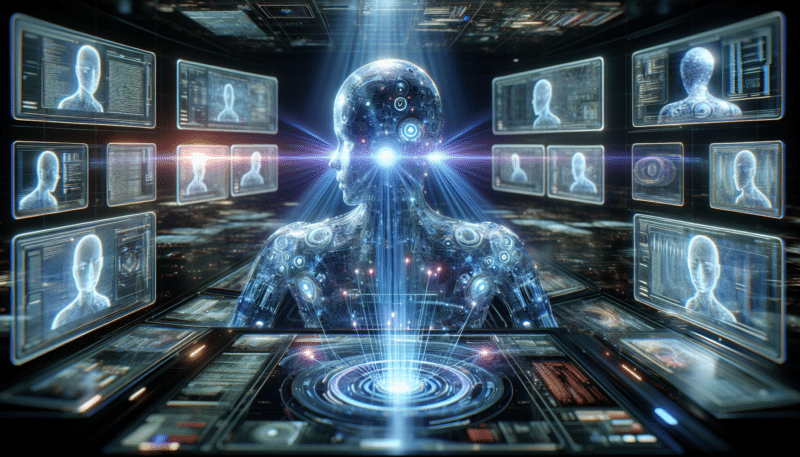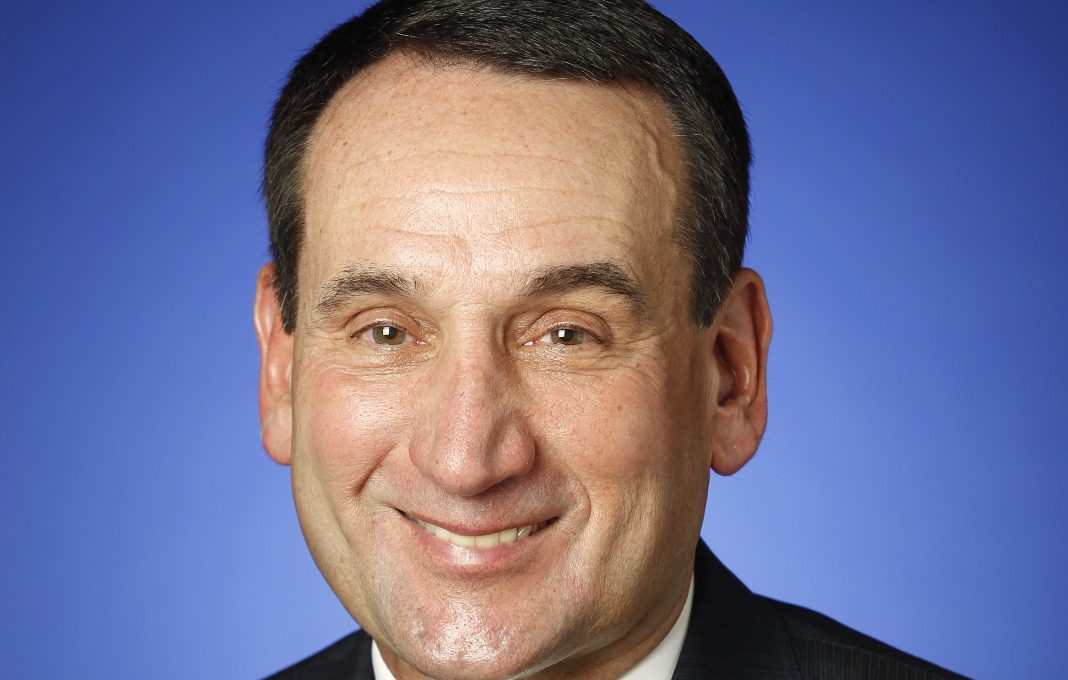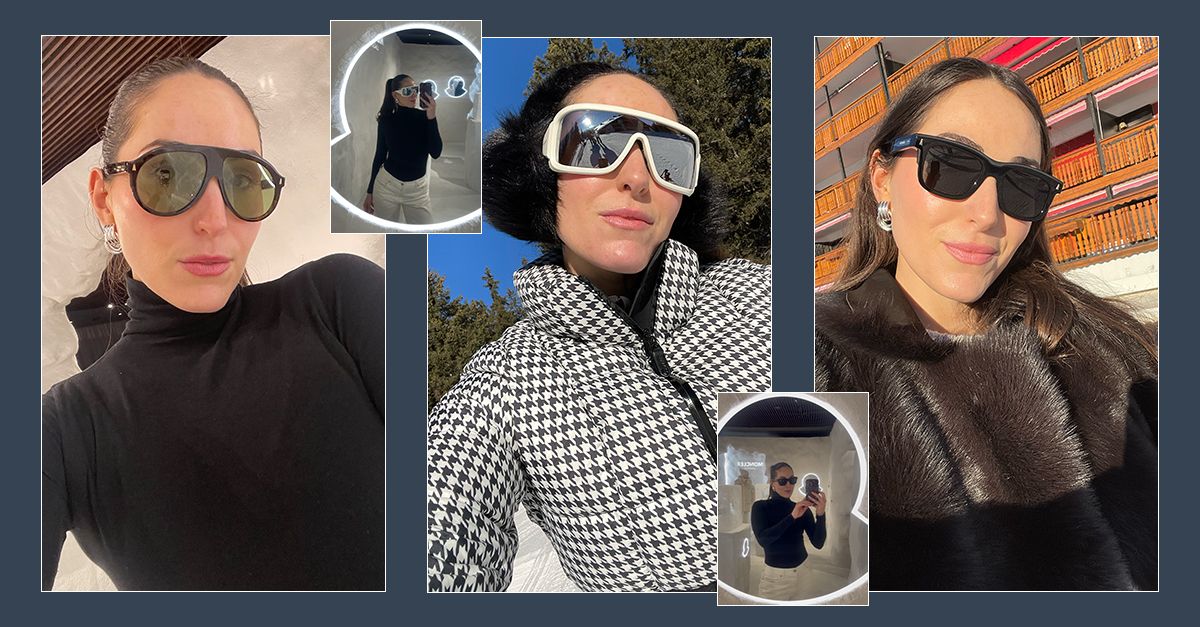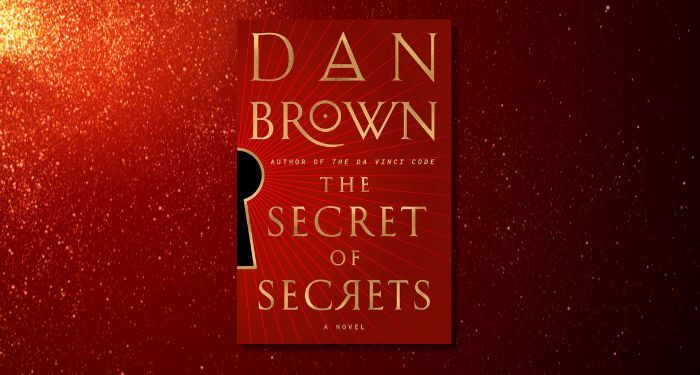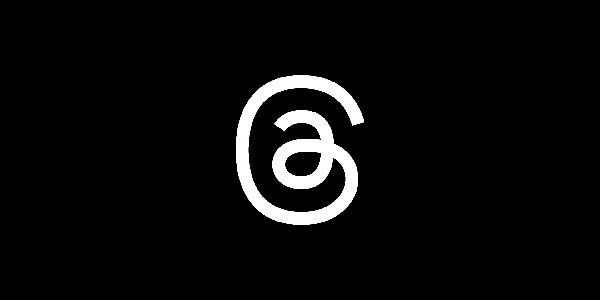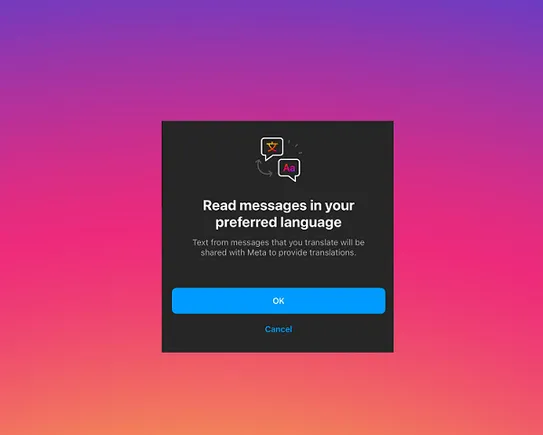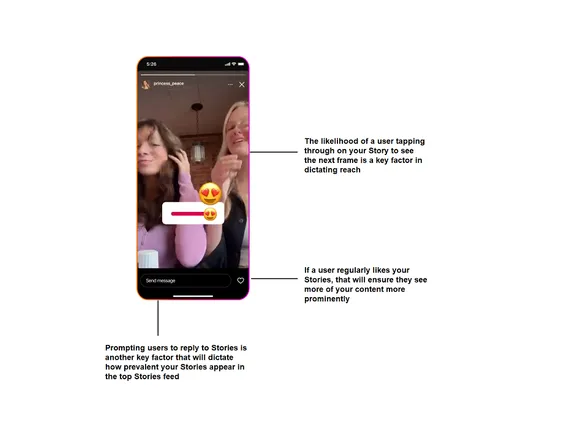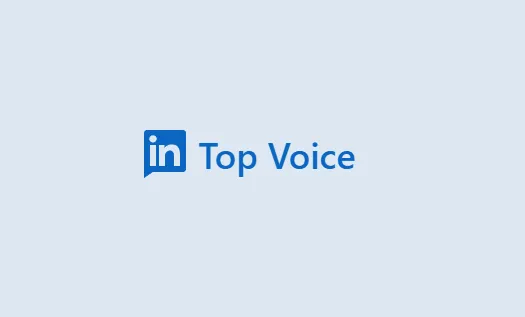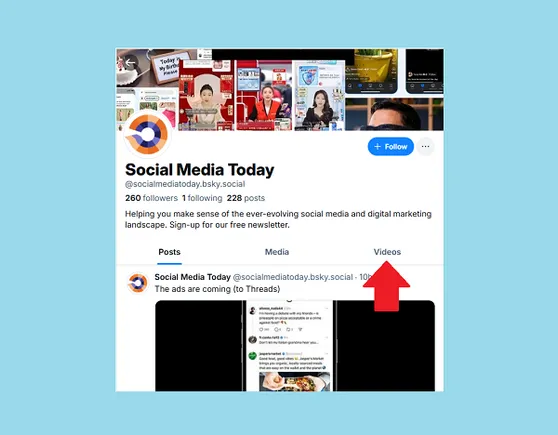As Open AI’s ChatGPT and other generative AI models become more widely available this year, it will significantly change how content, ads and other communications are created. How will these changes affect agencies?
“I think we’re entering a very disruptive phase for creativity for designers, illustrators, video producers and writers,” said Paul Roetzer, CEO of Marketing AI Institute, at the recent MarTech Conference. “I think AI came for knowledge work and creative work way faster than we were prepared for as an industry, and I think that 2023 is going to be a very hard year for a lot of people to grasp what is really possible now and what that means to organizations and writers and content teams.”
Why we care. Advances in generative AI will likely affect content creation across the marketing profession, at brands and agencies alike. This means smaller organizations can in-house tasks they might have previously depended on agencies to execute. However, new generative AI technology will also be helpful to agencies, making content production more efficient and allowing them to better serve their clients.
Creative work at agencies. “In-house and on the agency side, marketers are already leveraging AI to help them do what they’re good at,” said Stephen Marcinuk, co-founder and head of operations for Intelligent Relations, a low-cost tool that uses AI to help companies craft news pitches and carry out other public relations functions.
“For creative content — ads, blocks of text on a website, sales emails, things of that nature — AI is good at getting from zero to something 80-to-90 percent there,” said Marcinuk. “A real pain point for creative marketers is to stare at a blank piece of paper.”
Generative AI chatbots can produce a number of creative options in short order that humans can then choose from, edit and finalize. For instance, it could provide five different versions of copy for a specific ad, or a number of potential headlines for a blog post.
Upskilling. “Some people say AI will just help get rid of the tedium and so creatives can do interesting work,” said Marcinuk. “I think that’s naïve, personally. Some real jobs will be lost in the next two-to-three years. There will need to be upskilling across the marketing industry to learn how to use this technology and do jobs better.”
At agencies, this means having more marketers focused on strategic thinking and client relations management, as well as brand positioning, testing and analytics.
Augmented intelligence. Adding AI to graphics and other creative tools, as Adobe has done with its new Firefly offering, helps people complete work with tools they weren’t trained to use.
“The tool itself has the intelligence to help you,” said Marcinuk. “That’s what you’re seeing with Firefly and different ad tools. You don’t know how to write great ad copy? Well, what do you want to say? It will help you say it in the right way.”
Generative AI models connect users with outside data sets that can bring a higher level of competence to writing and other creative tasks. This way, agencies can pitch new clients quicker without having to research an entirely new industry.
The AI can also improve language proficiency for non-native speakers. Therefore, it can be a leveler for non-native English speakers who want to break into English-language advertising, Marcinuk said.
In-housing. As generative AI tools evolve, smaller organizations might be able to manage tasks they’d traditionally outsource to agencies.
The Intelligent Relations platform does this by using AI models that generate appropriate news pitches while also finding news organizations and reporters likely to be interested in the pitch. And it offers these tools as a subscription, starting at $95 per month.
Managing your AI. Organizations of all sizes will be forced to take another look at their budget and staffing. While AI capabilities improve, it will be important for marketers at all levels to manage their AI tool much like employees.
“It will still be important to have humans in the loop for approval [of content],” said Marcinuk. “It’s the same as managing a person — communicate the standard and help employees hit the standard. Same with ChatGPT. You’ll have to say ‘no that’s not good enough, make it less verbose.’ You’ll still have to manage your AI for the foreseeable future.”
Dig deeper: New AI-powered product releases
Get MarTech! Daily. Free. In your inbox.
















